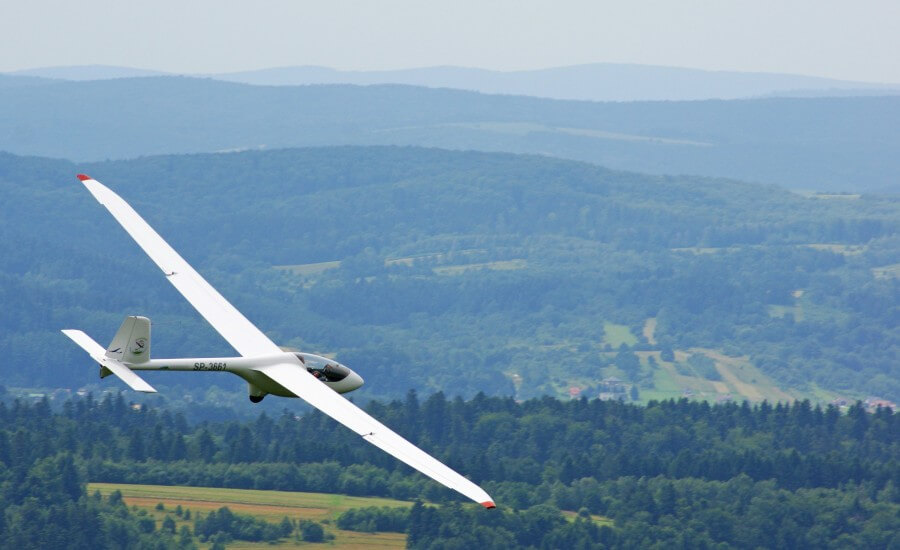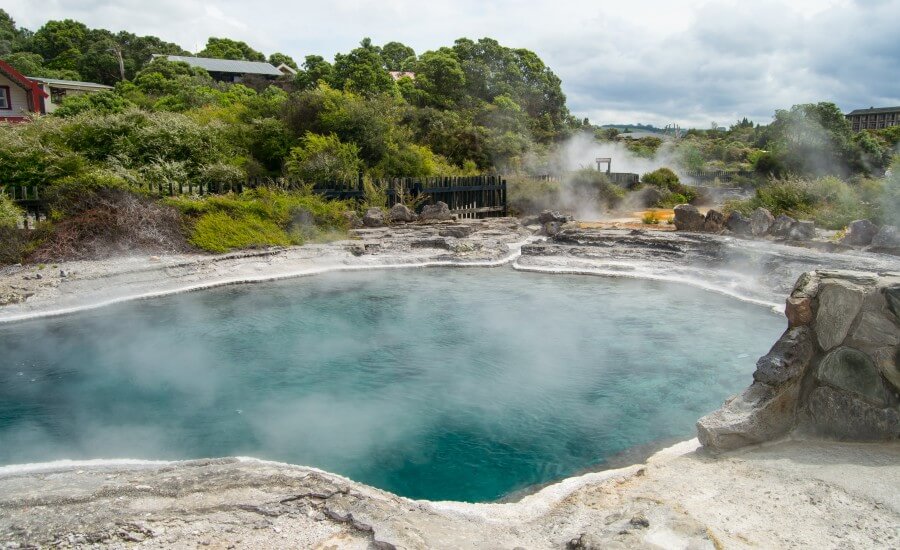Air travel connects our world like never before, shrinking vast distances, enabling global commerce, and fulfilling our innate desire to explore. Yet, this modern marvel comes at a significant environmental cost. The sleek jets streaking across our skies are major contributors to greenhouse gas emissions, posing a direct challenge to climate stability. As awareness grows, travelers and the industry alike face a profound dilemma: how do we reconcile the benefits of flight with the urgent need for environmental sustainability? Can we continue to take to the skies without costing the Earth?
The question looms large: Is Sustainable Air Travel Really Possible? It’s a complex query with no simple answer, involving intricate technological challenges, massive economic investments, and fundamental shifts in how we produce and consume energy. This post delves into the heart of this challenge, exploring the Current Innovations & Future Hopes that aim to decarbonize aviation. We'll examine groundbreaking technologies like Sustainable Aviation Fuels (SAFs), electric and hydrogen propulsion, efficiency improvements, and honestly assess the formidable hurdles that lie on the path to truly greener skies.
The Elephant in the Atmosphere: Aviation's Climate Impact

Before exploring solutions, it's crucial to understand the problem. Global aviation accounts for approximately 2.5% of total human-caused CO2 emissions, a figure projected to grow as air travel demand increases (pre-pandemic trends suggested a doubling by 2050). While this percentage might seem modest compared to sectors like power generation or road transport, aviation's overall climate impact is significantly higher. When non-CO2 effects are considered – such as the warming impact of nitrogen oxides (NOx) released at high altitudes and the formation of persistent condensation trails (contrails) and contrail-induced cirrus clouds – aviation's contribution to global warming is estimated to be closer to 3.5%.
Decarbonizing aviation is notoriously difficult. Unlike cars, planes can't easily switch to readily available electric power due to the immense energy required for flight and the current limitations of battery technology. Jets rely on energy-dense liquid fuels, and replacing fossil kerosene on a global scale is a monumental task. Furthermore, international aviation largely falls outside national emissions targets set under agreements like the Paris Accord, requiring specific international cooperation and regulation (like ICAO's CORSIA scheme). This context underscores the critical need for radical innovation across the sector. How can an industry so reliant on fossil fuels pivot towards sustainability?
Fueling Change: The Promise and Problems of Sustainable Aviation Fuels (SAFs)

One of the most promising near-to-medium-term solutions lies in Sustainable Aviation Fuels (SAFs). These are advanced liquid fuels produced from sustainable resources that can be blended with conventional jet fuel (and potentially used at 100% in the future) without requiring modifications to existing aircraft or infrastructure – hence they are often called "drop-in" fuels. SAFs offer a significant reduction in lifecycle carbon emissions compared to fossil kerosene, primarily because the feedstocks absorb CO2 during their growth or because the fuel is made using renewable energy and captured carbon.
Several pathways exist for producing SAF:
-
HEFA (Hydroprocessed Esters and Fatty Acids): Currently the most mature pathway, using waste oils, fats (like used cooking oil), and certain purpose-grown energy crops.
-
Fischer-Tropsch (FT): Converts biomass (agricultural residues, forestry waste) or municipal solid waste into liquid fuel through gasification and synthesis.
-
Alcohol-to-Jet (ATJ): Converts alcohols (like ethanol or isobutanol, derived from various feedstocks) into jet fuel.
-
Power-to-Liquid (PtL or e-fuels): Synthesizes liquid fuel using captured carbon dioxide (from the air or industrial sources) and green hydrogen (produced using renewable electricity). This pathway holds enormous potential for deep decarbonization but is currently very energy-intensive and expensive.
Despite the promise, SAF faces major hurdles. Current global SAF production is minuscule, estimated at less than 0.5% of global jet fuel use in 2024. Scaling up production to meet ambitious targets (like the EU's mandate of 2% by 2025 rising to 70% by 2050, or ICAO's vision of 5% CO2 intensity reduction via cleaner fuels by 2030) requires overcoming significant challenges. These include the high cost (currently 2-8 times more expensive than fossil jet fuel), limited availability and sustainability concerns regarding certain feedstocks (avoiding competition with food or causing land-use change), and the need for massive investment in new production facilities and supply chain infrastructure.
Electric Skies & Hydrogen Horizons: Radical New Propulsion

Beyond changing the fuel, radical changes to aircraft propulsion are being explored, primarily focusing on electric and hydrogen power.
Electric Aviation: Battery-powered flight is advancing, with several small electric aircraft prototypes successfully flying. These promise zero tailpipe emissions and significantly quieter operation. However, the major limiting factor is battery energy density. Current batteries are far heavier than jet fuel for the same amount of energy (around 40 times heavier, according to IDTechEx). This severely restricts range and payload capacity. Consequently, all-electric propulsion is currently considered viable mainly for short-haul regional flights (e.g., commuter routes, island hopping) carrying a small number of passengers. Widespread adoption, even on these routes, likely remains decades away, pending significant breakthroughs in battery technology that improve energy density while meeting stringent aviation safety standards.
Hydrogen Aviation: Seen by many, including major players like Airbus, as a key long-term solution, especially for larger aircraft. Hydrogen offers very high energy per unit of mass and produces only water vapour when used in a fuel cell (though direct combustion in modified jet engines is also being explored, which could still produce NOx). The goal is zero CO2 emissions at the point of use. However, the challenges are immense. Producing "green" hydrogen sustainably (using renewable electricity for electrolysis) is currently expensive and requires vast amounts of renewable energy. Storing hydrogen onboard aircraft is difficult due to its low volumetric density; it needs to be kept either highly compressed or cryogenically liquefied at extremely low temperatures (-253°C), requiring bulky, heavy tanks and new aircraft designs. A completely new global infrastructure for hydrogen production, transport, and airport refueling would be needed. While hydrogen combustion avoids CO2, it still produces water vapour, meaning contrail formation remains a potential climate impact requiring further research and mitigation. Significant investment and decades of development are needed before hydrogen fundamentally reshapes commercial aviation, likely starting post-2035 for initial commercial applications.
Smarter Flying: Efficiency Gains & Operational Improvements
While revolutionary propulsion technologies mature, significant emissions reductions can be achieved through ongoing improvements in aircraft and operational efficiency. These incremental gains are vital for near-term progress.
-
Aerodynamics: Aircraft design continues to evolve. Features like blended winglets reduce drag. More radical concepts like the blended wing body promise significant efficiency gains but require complete airframe redesign. Optimizing airflow over surfaces reduces fuel burn.
-
Engine Technology: Modern jet engines (like Pratt & Whitney's Geared Turbofan or CFM's LEAP) are considerably more fuel-efficient than their predecessors, thanks to higher bypass ratios, advanced materials, and improved thermal efficiency. Research continues into concepts like open rotor engines (propfans).
-
Lightweight Materials: Using carbon composites and advanced alloys reduces aircraft weight, directly lowering fuel consumption.
-
Air Traffic Management (ATM): Optimizing flight paths, enabling continuous climb and descent operations, and reducing holding patterns and taxi times through better digital coordination can significantly cut fuel burn and emissions (potentially 5-10% per flight according to SESAR goals). Techniques like formation flying ("fello'fly" or wake energy retrieval) are also being explored.
-
Onboard Weight Reduction: Airlines continuously seek ways to reduce weight, from lighter seats and catering equipment to optimizing water carriage.
While none of these alone is a silver bullet, collectively, these efficiency improvements play a crucial role in curbing emissions growth and making future propulsion technologies more viable.
The Path to Greener Skies: Integrating Solutions for Sustainable Air Travel
Achieving truly Sustainable Air Travel won't rely on a single magic solution. It demands a portfolio approach, integrating multiple strategies across different timelines and flight segments. In the near-to-medium term (next 10-20 years), SAFs are the most critical lever, especially for long-haul flights where electric or hydrogen power remains impractical. Simultaneously, maximizing operational efficiencies and continuous improvements in conventional aircraft design and engine technology are essential to minimize emissions now.
Looking further ahead, electric propulsion holds promise for decarbonizing short-haul regional routes, provided battery technology advances significantly. Hydrogen emerges as a potential long-term solution for medium and possibly even long-haul flights, but requires overcoming substantial technological and infrastructural hurdles. The transition necessitates massive, sustained investment in research, development, production facilities, and infrastructure – estimated in the trillions of dollars globally by 2050. Critically, strong and coordinated government policies are needed worldwide. These include setting clear mandates for SAF blending, providing financial incentives (like tax credits or subsidies) to bridge the cost gap for SAF and new technologies, investing in R&D, streamlining certification processes for new technologies, and potentially implementing carbon pricing mechanisms that encourage the shift away from fossil fuels. International cooperation through bodies like ICAO is vital for global alignment.
Key Challenges & Hurdles on the Runway to Sustainability
The path to sustainable aviation is steep and fraught with obstacles. Key challenges include:
-
SAF Cost & Scalability: Producing SAF at the required scale remains vastly more expensive than producing fossil jet fuel, and requires immense investment in new facilities.
-
SAF Feedstock Sustainability: Ensuring sufficient sustainable feedstocks (waste oils, agricultural/forestry residues, renewable energy for e-fuels) without negative impacts (deforestation, food competition) is critical.
-
Battery Limitations: Current battery energy density severely restricts the range and size of viable electric aircraft. Breakthroughs are needed.
-
Green Hydrogen Ecosystem: Scaling up affordable green hydrogen production and building entirely new global storage and refueling infrastructure is a monumental task.
-
Hydrogen Storage Onboard: Developing safe, lightweight, and volumetrically efficient hydrogen storage for aircraft is a major engineering challenge.
-
Development Timelines: Certifying new aircraft designs and propulsion systems is a long, rigorous, and expensive process (often 10+ years).
-
Investment Needs: Trillions of dollars are required globally to fund the transition across fuels, infrastructure, and aircraft.
-
Policy & Regulation: Coordinated, ambitious, and stable global policies are essential to drive investment and ensure a level playing field.
-
Avoiding Greenwashing: Ensuring claims of sustainability are robust, transparent, and based on genuine lifecycle emissions reductions is vital for maintaining public trust and driving real progress.
What Can Travelers Do? Playing Your Part
While the primary responsibility for decarbonization lies with the industry and governments, travelers also have a role to play in fostering the transition towards Sustainable Air Travel:
-
Fly Less / Fly Smarter: Consider if the trip is necessary. Where feasible, choose lower-carbon alternatives like high-speed rail for shorter distances. When flying, opt for direct routes, as takeoffs and landings are the most fuel-intensive phases.
-
Choose Consciously: Research and, where possible, favor airlines with younger, more fuel-efficient fleets and transparent commitments to using SAF or investing in sustainable technologies.
-
Pack Light: Every kilogram matters. Less weight means less fuel burned.
-
Carbon Offsetting (Critically): Understand that offsetting doesn't reduce the flight's actual emissions. If choosing to offset, research carefully and select high-quality, verified projects (preferably carbon removal over avoidance) that guarantee additionality and permanence. View it as a complementary measure, not a solution in itself.
-
Advocate: Support policies and initiatives that promote sustainable aviation. Let airlines and policymakers know that sustainability is important to you as a customer and citizen.
-
Be Informed: Stay educated about the challenges and progress in sustainable aviation to make informed choices and avoid greenwashing.
Conclusion: A Flight Path Requiring Collective Effort

So, is Sustainable Air Travel Really Possible? The answer is complex: technically, yes, the pathways exist, but achieving it at scale by mid-century is an immense undertaking, perhaps one of the greatest technological and economic challenges of our time. It's not a guaranteed future, but a necessary goal demanding urgent and collaborative action. Promising innovations in Sustainable Aviation Fuels, electric flight, hydrogen propulsion, and operational efficiency light the way forward. Yet, the future hopes rest on overcoming significant hurdles related to cost, scale, infrastructure, and policy.
There is no single solution. Decarbonizing the skies will require a multi-pronged approach, sustained investment, unwavering political will, and continuous technological breakthroughs. It also requires a shift in perspective from travelers – recognizing the environmental cost of our mobility and supporting efforts towards a cleaner future for flight. The journey to sustainable aviation will be long and challenging, but the imperative to embark on it, for the health of our planet, is undeniable. It’s a flight path that requires all hands on deck – industry, government, researchers, and passengers – working together to turn a challenging dream into a viable reality.










